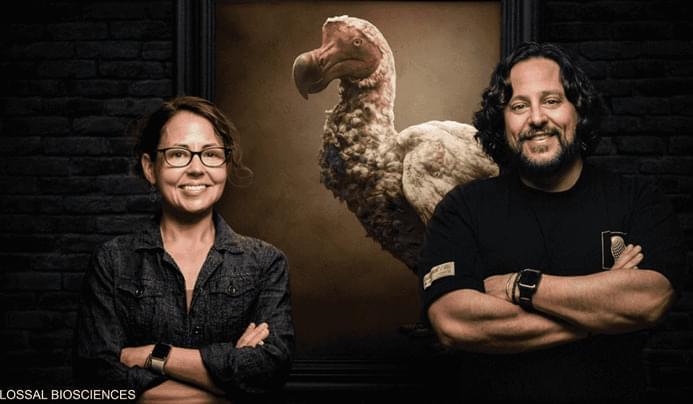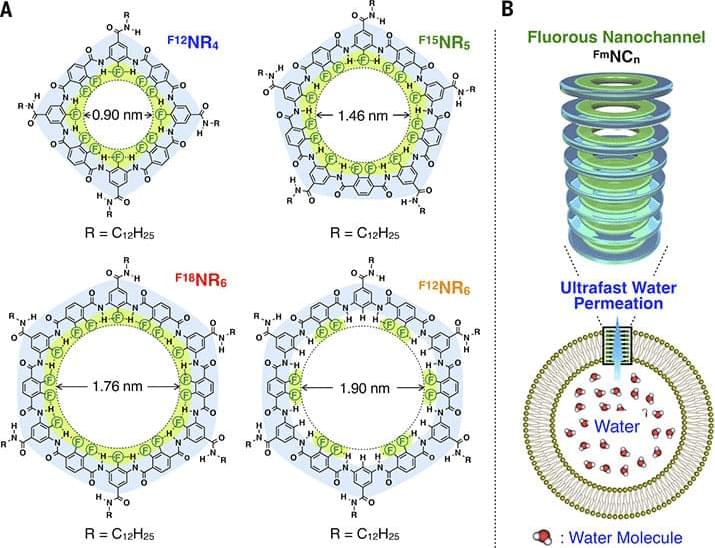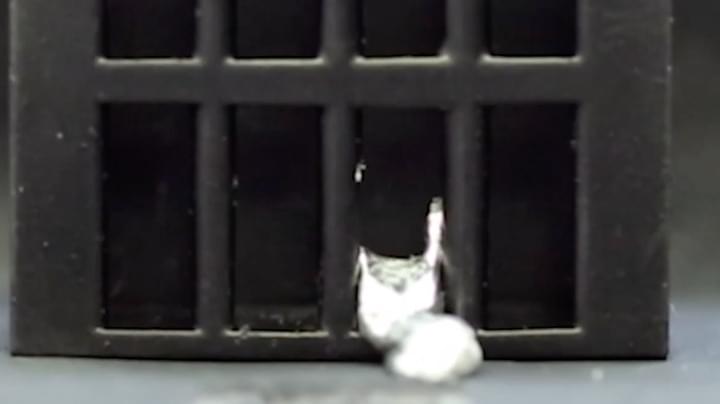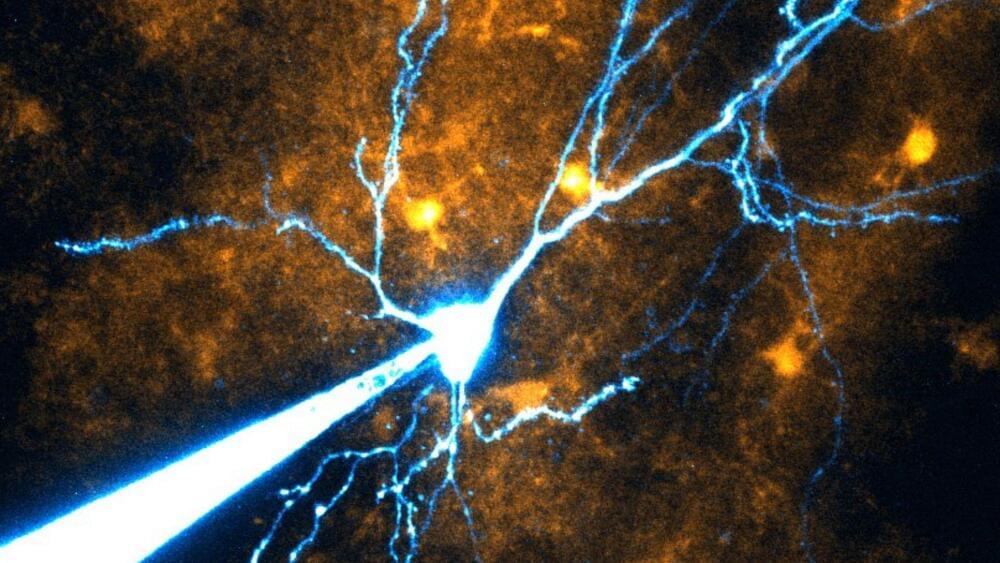According to scientific reports, this study relies on studying the DNA of the bird known as “Dodo”, which lived on the island of Mauritius in the middle of the Indian Ocean until the late seventeenth century, and was unable to fly. It may seem like a fantasy, because the animal has been extinct for centuries, but scientists make it clear that their quest is based on very carefully studied steps.







